New Treasures: Waste Tide by Chen Qiufan, translated by Ken Liu
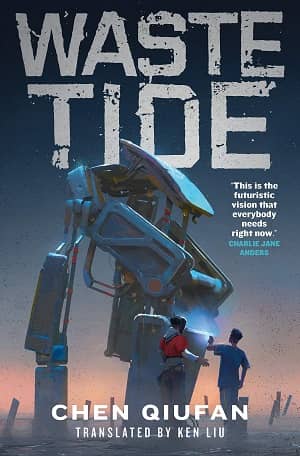 This is definitely the era of the Chinese invasion. Chinese writers like Cixin Liu and Hao Jingfang are winning Hugo Awards, and Western readers are paying attention to Chinese SF like never before. Chen Qiufan is one of the stars of the Chinese invasion; his short fiction has appeared in Clarkesworld, Lightspeed, and the anthologies Invisible Planets and Broken Stars.
This is definitely the era of the Chinese invasion. Chinese writers like Cixin Liu and Hao Jingfang are winning Hugo Awards, and Western readers are paying attention to Chinese SF like never before. Chen Qiufan is one of the stars of the Chinese invasion; his short fiction has appeared in Clarkesworld, Lightspeed, and the anthologies Invisible Planets and Broken Stars.
His debut novel was published in the spring, and at Locus Online Gary K. Wolfe says “Waste Tide moves along at a terrific pace… with enough buzzy ideas to power a couple of novels.” And in a starred review Kirkus Reviews calls it “Cutting-edge, near-future science fiction… Chinese science fiction, once an unknown quantity in the U.S., is making its way to the forefront through sheer excellence.” Here’s the description.
Mimi is drowning in the world’s trash.
She’s a waste worker on Silicon Isle, where electronics — from cell phones and laptops to bots and bionic limbs — are sent to be recycled. These amass in towering heaps, polluting every spare inch of land. On this island off the coast of China, the fruits of capitalism and consumer culture come to a toxic end.
Mimi and thousands of migrant waste workers like her are lured to Silicon Isle with the promise of steady work and a better life. They’re the lifeblood of the island’s economy, but are at the mercy of those in power.
A storm is brewing, between ruthless local gangs, warring for control. Ecoterrorists, set on toppling the status quo. American investors, hungry for profit. And a Chinese-American interpreter, searching for his roots.
As these forces collide, a war erupts — between the rich and the poor; between tradition and modern ambition; between humanity’s past and its future.
Mimi, and others like her, must decide if they will remain pawns in this war or change the rules of the game altogether.
Waste Tide was published by Tor on April 30, 2019. It is 340 pages, priced at $26.99 in hardcover and $13.99 in digital formats. The cover is by Victor Mosquera. Read the complete first chapter at Tor.com.
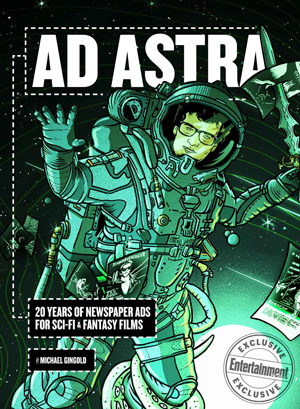 On July 16 I started my day at Fantasia with a book launch. Michael Gingold’s book Ad Astra is coming out this fall, but attendees of his multimedia presentation had the chance to buy it earlier. It’s a follow-up to 2018’s Ad Nauseam: Newsprint Nightmares From the 1980s and its sequel to come in September, Ad Nauseam II: Newsprint Nightmares From the 1990s and 2000s. Those books were collections of classic newspaper ads for horror movies, while Ad Astra is subtitled 20 Years of Newspaper Ads for Sci-Fi & Fantasy Films.
On July 16 I started my day at Fantasia with a book launch. Michael Gingold’s book Ad Astra is coming out this fall, but attendees of his multimedia presentation had the chance to buy it earlier. It’s a follow-up to 2018’s Ad Nauseam: Newsprint Nightmares From the 1980s and its sequel to come in September, Ad Nauseam II: Newsprint Nightmares From the 1990s and 2000s. Those books were collections of classic newspaper ads for horror movies, while Ad Astra is subtitled 20 Years of Newspaper Ads for Sci-Fi & Fantasy Films.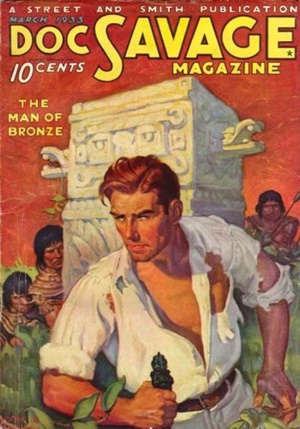
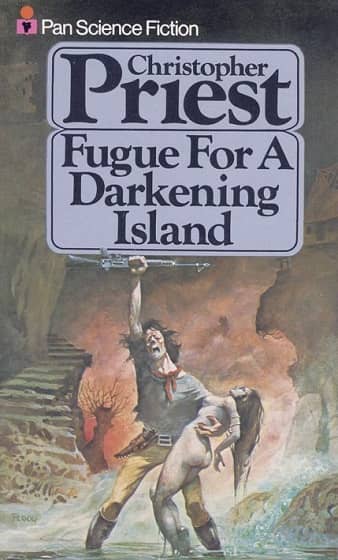
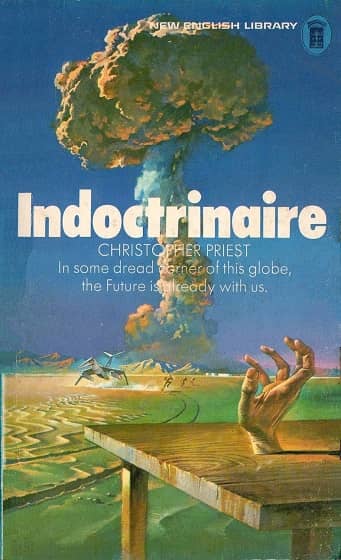
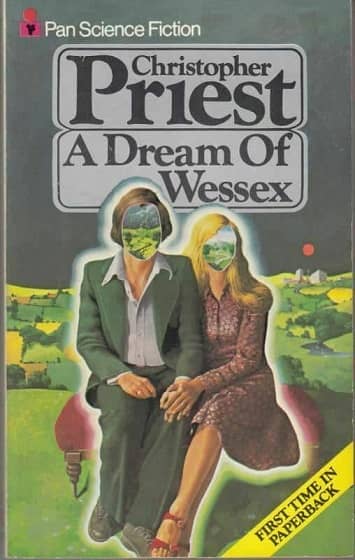
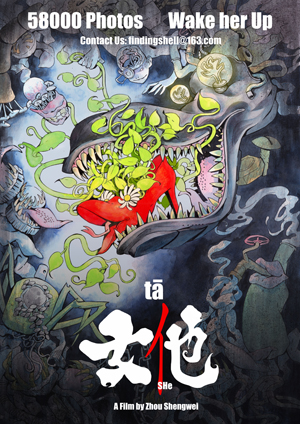 The fourth and last movie I saw on July 16 was the most experimental movie I’d seen at Fantasia, not only this year but possibly in all the time I’ve been going to the festival. Before that feature, though, was a short almost as strange.
The fourth and last movie I saw on July 16 was the most experimental movie I’d seen at Fantasia, not only this year but possibly in all the time I’ve been going to the festival. Before that feature, though, was a short almost as strange.
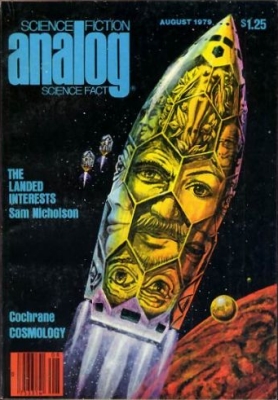

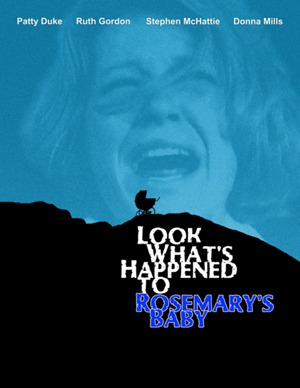 It’s relatively unusual for me to watch a movie that I know going in is not good. But every so often, and usually at Fantasia, something bizarre comes along that looks bad but also in its way promising. So it was that for my third film of July 16 I settled in at the De Sève Theatre for a screening of the rare 1976 TV-movie sequel to Rosemary’s Baby: an opus directed by Sam O’Steen titled Look What’s Happened to Rosemary’s Baby. Star Stephen McHattie was in attendance, and would stick around to take our questions after the film.
It’s relatively unusual for me to watch a movie that I know going in is not good. But every so often, and usually at Fantasia, something bizarre comes along that looks bad but also in its way promising. So it was that for my third film of July 16 I settled in at the De Sève Theatre for a screening of the rare 1976 TV-movie sequel to Rosemary’s Baby: an opus directed by Sam O’Steen titled Look What’s Happened to Rosemary’s Baby. Star Stephen McHattie was in attendance, and would stick around to take our questions after the film.